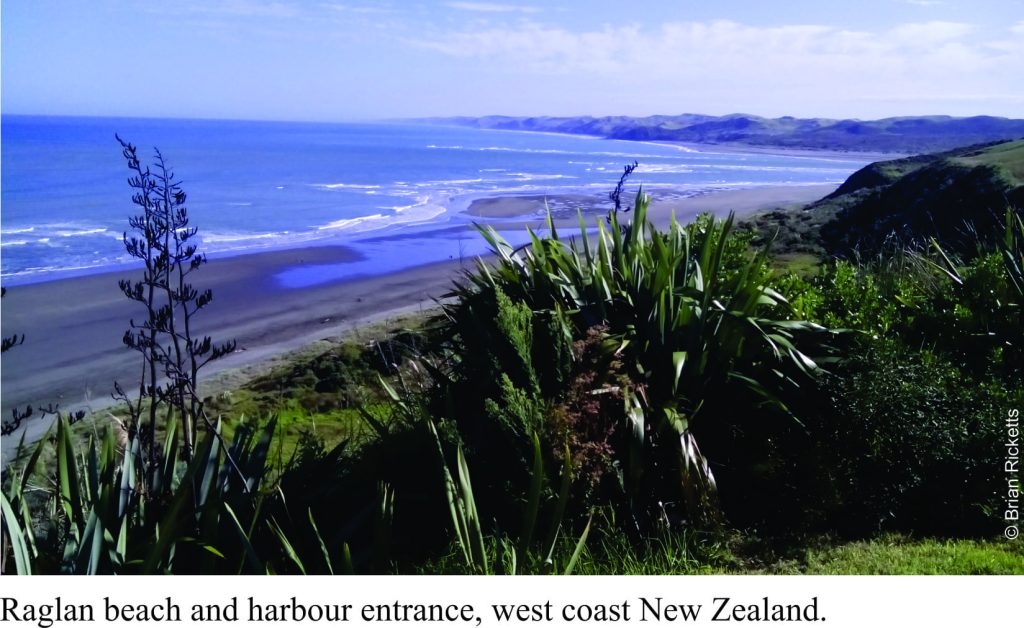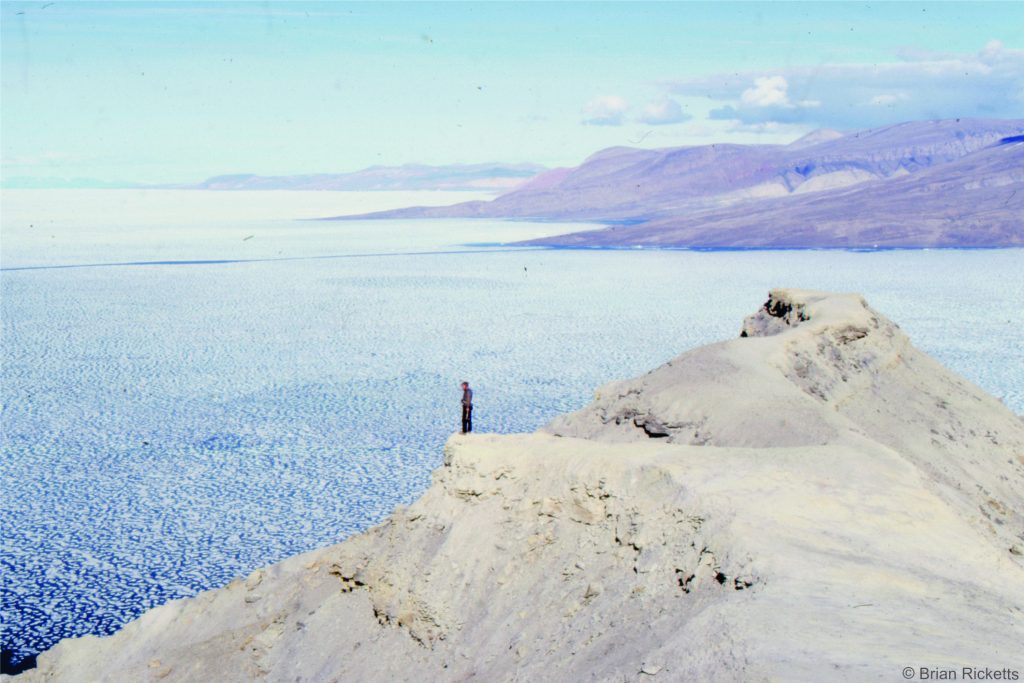Sea levels have risen and fallen countless times over geological history. We see this in the way successive strata are arranged and in the kind of ancient environments that each sedimentary layer or group of layers represents. For example, we may observe that layers deposited in relatively deep water are overlain by layers that indicate successively shallower conditions, then inundated once again by deeper seas. Geologists consider cycles of sea level change like this to be the ‘norm’. However, deciphering the causes of sea level change remains problematic; has global sea level risen or fallen (for example because of changing icecap volumes), or has the land surface and sea floor subsided or uplifted? Or have both processes been active? When we attempt to answer these questions, we need to remind ourselves of what processes are actually involved in changing actual and relative sea level. This post summarizes the most common causes. They are relevant not only for geologists trying to solve stratigraphic puzzles, but for anyone considering the effects and potential risks of changing sea levels as they take place today. Continue reading
The sea level equation
2 Replies


